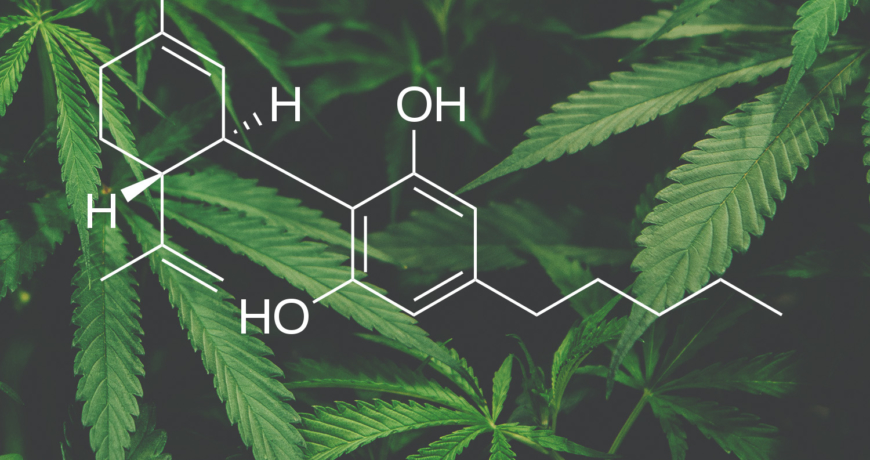“Cannabidiol is a phytocannabinoid (naturally occurring cannabinoid) from Cannabis species, which is devoid (not posessing) of psychoactive (affecting the mind) activity, with analgesic (acting to relieve pain), anti-inflammatory, antineoplastic (acting to prevent, inhibit or halt the development of a neoplasm/tumor) and chemopreventive (use of a drug to slow or prevent the development of cancer) activities.
Upon administration, cannabidiol (CBD) exerts its anti-proliferative (to not grow or multiply by rapidly producing new tissue, parts, cells, or offspring), anti-angiogenic (a naturally occurring substance, drug, or other compound that can destroy or interfere with the fine network of blood vessels needed by tumors to grow and metastasize) and pro-apoptotic (promoting or causing cell self-destruction, a normal physiological process eliminating DNA-damaged, superfluous, or unwanted cells) activity through various mechanisms, which likely do not involve signaling by cannabinoid receptor 1 [CB1] (cannabinoid receptors are primarily located on nerve cells in the brain, spinal cord, but they are also found in some peripheral organs and tissues such as the spleen, white blood cells, endocrine gland and parts of the reproductive, gastrointestinal and urinary tracts), CB2 (immune cells mainly found on white blood cells, in the tonsils and in the spleen), or vanilloid receptor 1 [TRPV1] (The validation of TRPV1 receptor as a key therapeutic target for pain management has thrust intensive drug discovery programs aimed at developing orally active antagonists of the receptor protein).
CBD stimulates endoplasmic reticulum (ER) stress (malfunction of the ER stress response caused by aging, genetic mutations, or environmental factors can result in various diseases such as diabetes, inflammation, and neurodegenerative disorders including Alzheimer’s disease, Parkinson’s disease, and bipolar disorder, which are collectively known as ‘conformational diseases) and inhibits AKT/mTOR signaling (intracellular signaling pathway important in regulating the cell cycle), thereby activating autophagy (a self-degradative process that is important for balancing sources of energy) and promoting apoptosis (a genetically directed process of cell self-destruction that is marked by the fragmentation of nuclear DNA).
In addition, CBD enhances the generation of reactive oxygen species [ROS] (type of unstable molecule that contains oxygen and that easily reacts with other molecules in a cell), which further enhances apoptosis (a genetically directed process of cell self-destruction that is marked by the fragmentation of nuclear DNA). This agent also upregulates (the process of increasing the response to a stimulus) the expression of intercellular adhesion molecule 1 [ICAM-1] (part of the immunoglobulin superfamily and are important in inflammation, immune responses and in intracellular signalling events) and tissue inhibitor of matrix metalloproteinases-1 [TIMP1] (key regulators of the metalloproteinases that degrade the extracellular matrix and shed cell surface molecules) and decreases the expression of inhibitor of DNA binding 1 [ID-1] (overexpression is associated with cancers). This inhibits cancer cell invasiveness (tending to invade healthy tissue) and metastasis (cancer cells break away from the original [primary] tumor, travel through the blood or lymph system, and form a new tumor in other organs or tissues of the body). CBD may also activate the transient receptor potential vanilloid type 2 [TRPV2] (expressed in immune cells), which may increase the uptake of various cytotoxic agents (a substance that kills cells, including cancer cells which may stop cancer cells from dividing and growing and may cause tumors to shrink in size) in cancer cells. The analgesic (acting to relieve pain) effect of CBD is mediated through the binding of this agent to and activation of CB1.”





